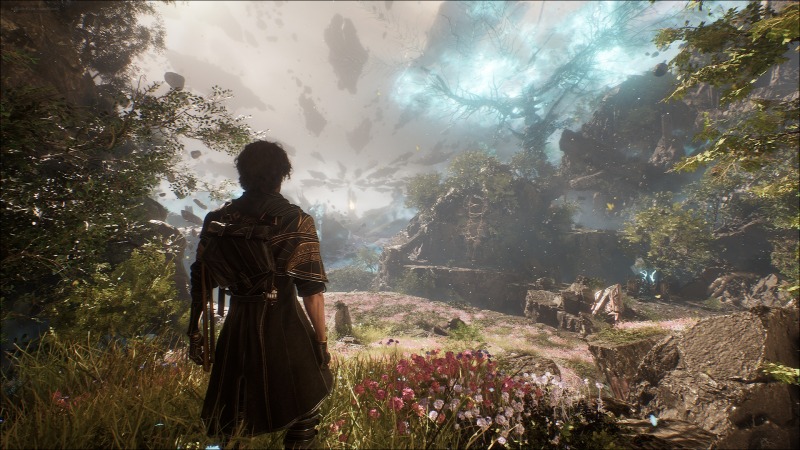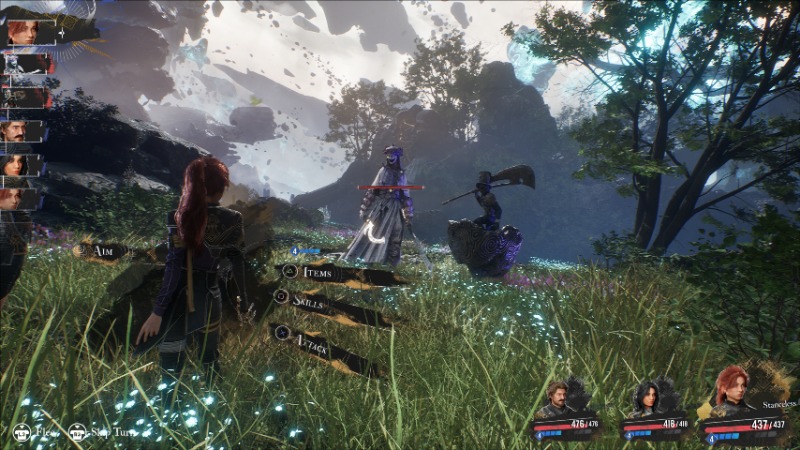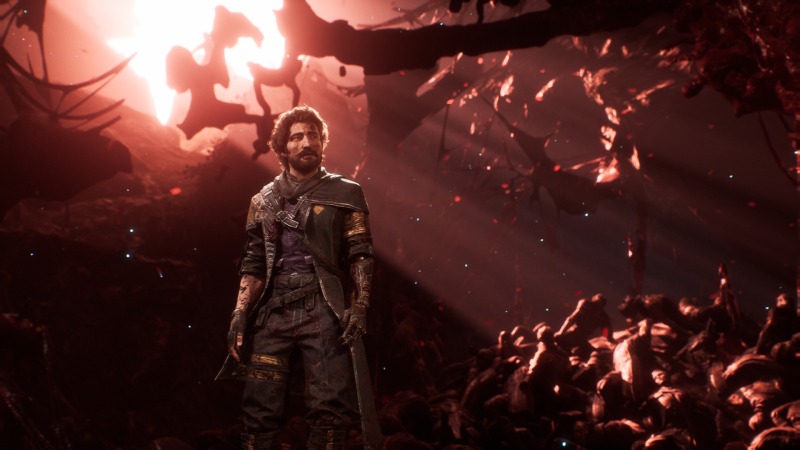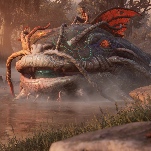Clair Obscur: Expedition 33 Honors Classic RPGs While Confidently Blazing Its Own Path

The following are just a few sights that await in Clair Obscur: Expedition 33, an outstanding turn-based RPG that also happens to be one of the best games of 2025: ornate art deco architecture inspired by Belle Époque France, blood-red bodies frozen in eternal tableaus of suffering, a marshmallow man with the power of a god, underwater dreamworlds, melted Dalie-esque landmarks, faded black and white memories, and perhaps most importantly (and most French) of all, evil mimes.
This freshman work from Sandfall Interactive comes in as if shot out of a cannon, melding together a mishmash of styles and modes as it lives up to the long-held RPG tradition of being the best type of videogame. It draws liberally from the turn-based battles of Persona and Paper Mario, echoes the violent rhythm of Sekiro-inspired action games, references art history touchstones, channels anime aesthetics, mirrors Alice in Wonderland, and has plenty of war drama-esque tragedy as it melds these elements into a surprisingly cohesive vision. Despite minor UI quibbles and a few late-stage narrative turns that will likely prove divisive, it’s a bold debut that makes good on the path laid by the excellent games that came before it. No, it doesn’t “fix” turn-based RPGs, as they weren’t broken to begin with, but it takes the genre in a bold new direction.
That boldness starts with its setup. Every year, the people of Lumiere wait for the Paintress to draw a new number on her distant Monolith. As these digits tick down, those the same age as the old number will die as it’s erased, fading into ash. In response to this brutal ritual known as the gommage (which roughly translates to “erasing” in French), an annual Expedition is sent to The Continent to stop the Paintress for good. Unfortunately, that hasn’t exactly gone to plan so far, and after decades of failed attempts, you play as the members of Expedition 33 (this refers to the year painted on the Monolith, as way more than 30 expeditions have dashed against the rocks) as they embark on a journey to save their city.

Like many great RPGs, the strength of this quest begins with its central party, an interesting group we come to know over near-death experiences and laid-back chats back at camp. There’s the main protagonist, Gustave (Charlie Cox), a thoughtful inventor driven by empathy for his compatriots and a burning hatred towards the Paintress. He shares a close bond with his foster child, Maelle (Jennifer English), a headstrong sixteen-year-old eager to leave Lumiere behind despite the dangers of the outside world. Rounding out the crew are Lune (Kirsty Ride), a tactician and expert wielder of Chroma; Sciel (Shala Nyx), a surprisingly calm scythe-wielder with a grim past; Monoco, a Gestral (fantastical creatures who tend to love battle) with a caring side; and Esquire (Maxence Cazorla), a whimsical and deeply lovable balloon man who quite literally carries his teammates on his back. These characters are further sold by an excellent ensemble of voice actors who key us into the traumatic ups and downs of their mission—Charlie Cox sells Gustave’s likability and darker feelings, Jennifer English skillfully conveys Maelle’s struggles with grief, and Andy Serkis transforms a seemingly unassuming white-haired French guy named Renoir into a menacing harbinger of death.
Their struggles key us into the ethos behind these yearly campaigns, specifically how Expedition 33 knows and (sort of) accepts they may not ultimately be the ones to finish this fight. As they watch their friends die, they repeat the motto, “Tomorrow comes,” acknowledging that even if they don’t get to see a better Lumiere, they’re laying a path like those before them, passing the torch to a future group that may finally stop this existential threat. And not only do we see battles with grief that come from living in a world defined by loss, but there are also plenty of fun hangout moments that ensure this road trip isn’t unbearably macabre, as they tease each other, make running jokes, and hang out by the fire. You know, classic RPG stuff.
Their journey takes them through strange backdrops shattered by “The Fracture,” a reality-altering event that unleashed dangerous creatures called Nevrons alongside the Paintress. There’s an undeniable hint of videogame-y biome hopping as you go between scenic green forests and underwater seascapes, but thanks to the striking use of color and consistently odd flourishes, it all comes together as you explore a series of mostly linear areas that still feature plenty of secret paths and hidden bosses. There’s no mini-map, but these levels are intuitively designed enough that this isn’t a problem.
Best of all, these locales are linked together by what used to be a genre standard: an overworld map! As your crew travels between points of interest, you’re represented as little guys moving around on a continent full of interesting landmarks. This approach works so well here because it avoids the tedium and repetition that come with many modern open-world games while still offering plenty of room to explore and go off the beaten path as you investigate optional areas with tricky bosses and funky challenges (like a weirdly good Getting Over It-inspired platforming section).

But as alluded to, this overworld map isn’t the only way Clair Obscur builds on genre classics because, perhaps most importantly, this game is very much a turn-based RPG where you select attacks from menus and combatants patiently wait to throw down. However, more than just nostalgically recreating this style to a 1:1, it charges ahead with its own brilliant spin that combines strategic layers with rewarding defensive mechanics: this may sound hyperbolic, but this is probably the best implementation of real-time action commands I’ve ever seen in an RPG.
For those who’ve never heard of action commands, the Mario RPGs popularized a form of turn-based combat where you can time button presses to improve your attacks or minimize incoming damage. Clair Obscur quadruples down on this idea so intensely that it ends up distilling the joy of precise games like Sekiro into a turn-based package. You’ll parry through a hurricane of blows as each rhythmic riposte echoes with a wonderful thud before your character delivers a slow-motion blow alongside big damage numbers.
-

-

-

-

-

-

-

-

-

-

-

-

-

-

-

-

-

-

-

-

-

-

-

-

-

-

-

-

-

-

-

-

-

-

-

-

-

-

-

-











































